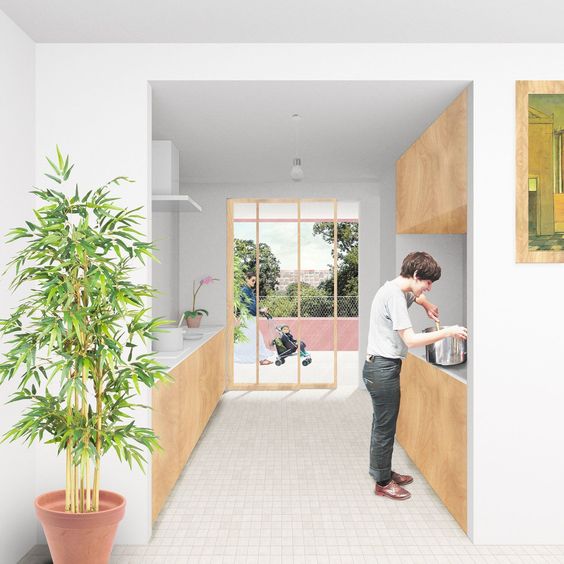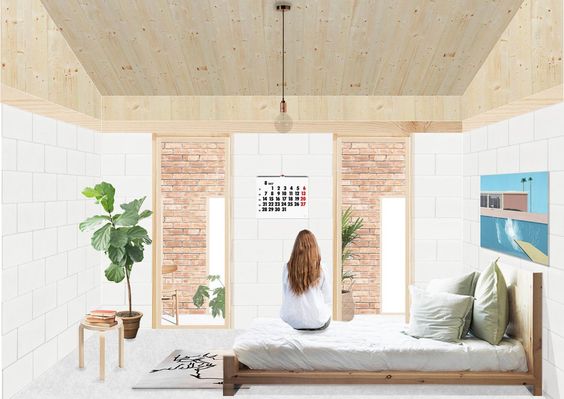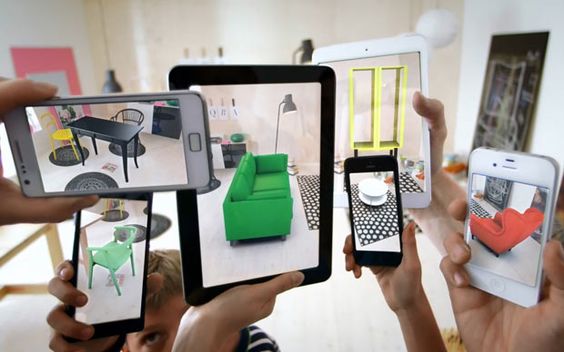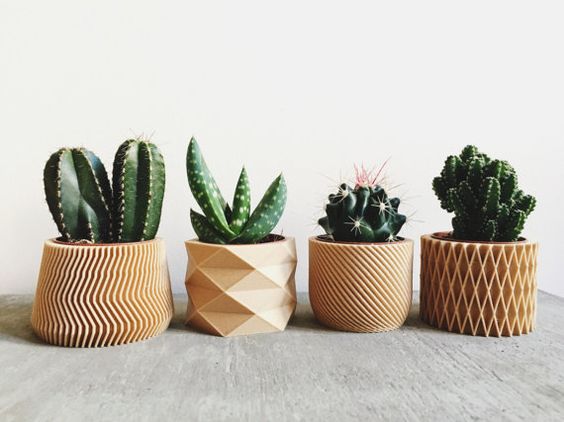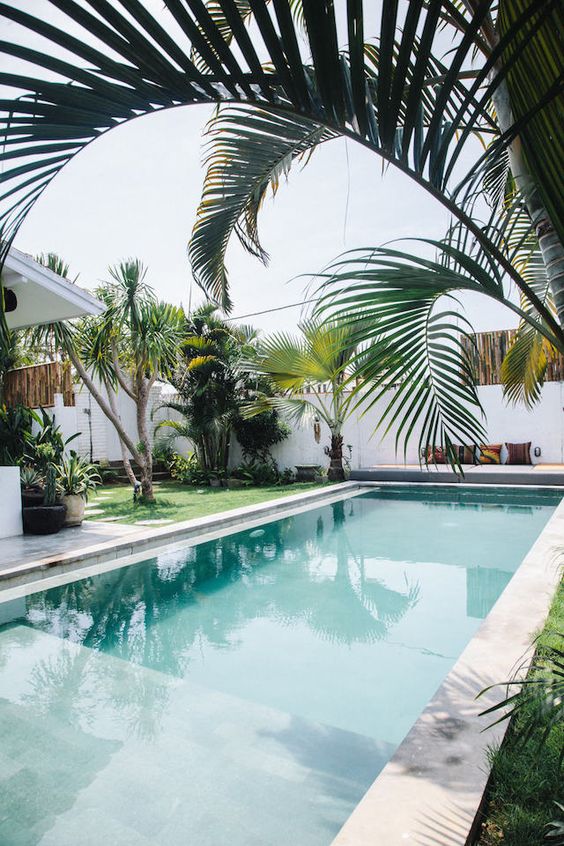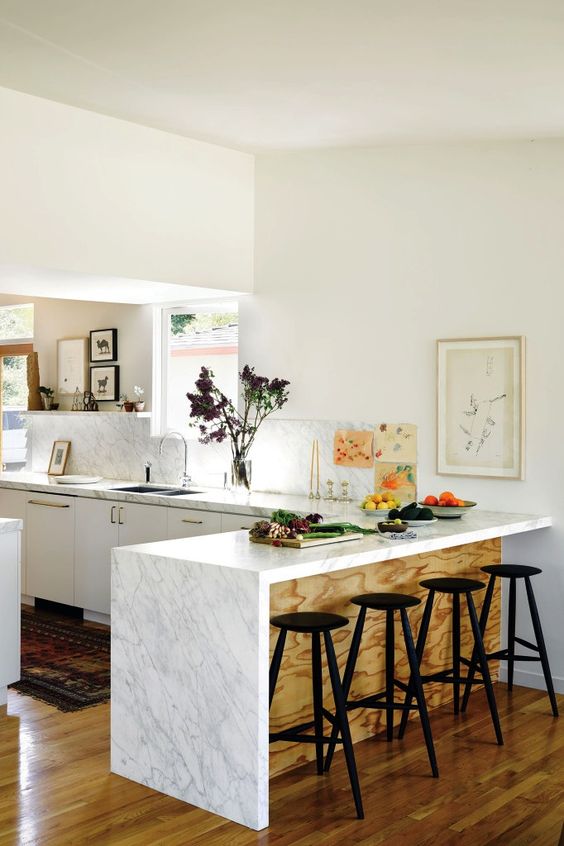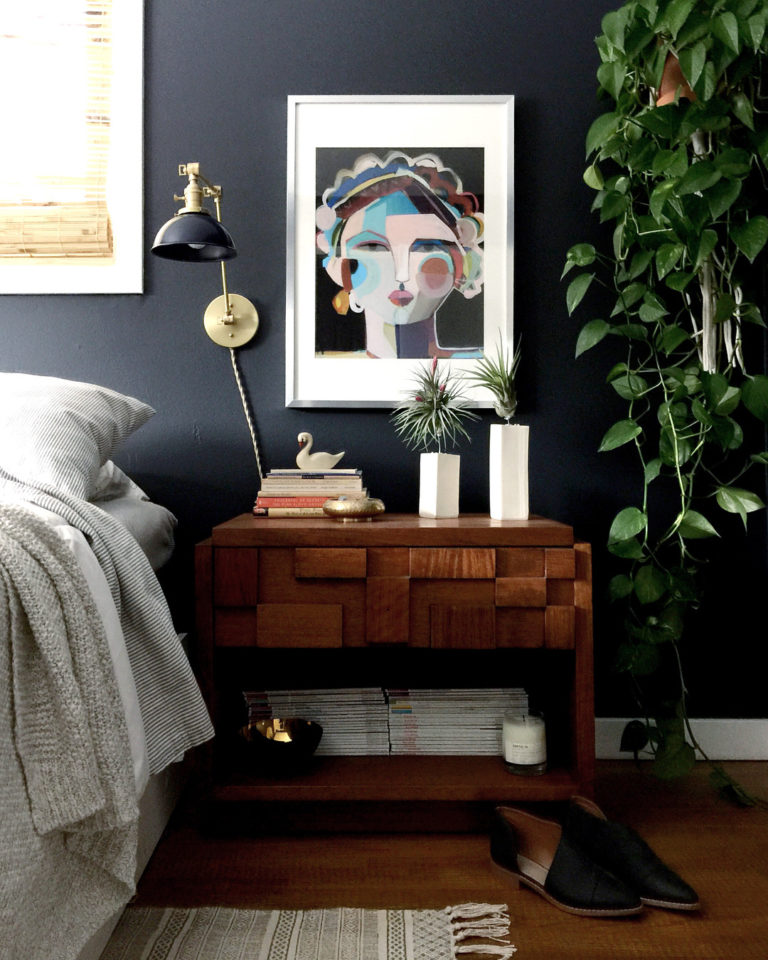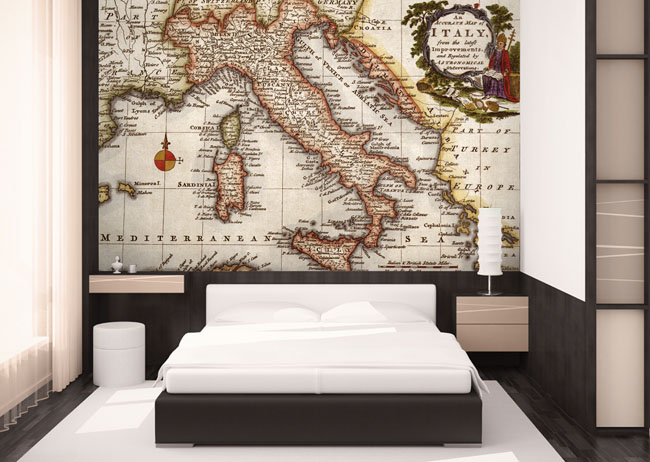5 Ways Technology is Changing Interior Decoration
Technology has revolutionized everyday life in ways that have made ordinary routines almost unrecognizable from what they were just three decades ago. Smartphones, for instance, are such an essential component of modern living that it’s hard to imagine how people lived without them in the past.
This radical shift is ongoing and one of the areas that is increasingly experience technological change is interior decoration. Interior decorators and designers are being driven to conform with and evolve to new norms and demands for both home and office environments. A failure to embrace change has seen some of the best designers struggling to keep up.

We look at some of the most significant technology-driven trends in the interior decoration and design industry today.
-
Virtual Reality
Virtual reality (VR) has been in the minds and on the lips of games for quite a while. VR is now steadily finding its way into the interior decoration and design space as well. Designers can leverage the power of VR to better capture customer needs and deliver a more satisfactory experience.
Imagine taking a client through a virtual room where they can see their chosen design in the same way it would appear when implemented. Think about the competitive edge you enjoy when you have the ability to highlight to your client details in your design in a way that other designers cannot.
What’s more, VR is customizable via both digital renderings and the instruments used.
-
Augmented Reality
Augmented reality (AR) is an especially powerful tool in kitchen and bath remodeling. It allows designers to visualize remodeled rooms by leveraging 3D renderings of furnishings and items superimposed on an existing scene captured by a computer, smartphone or similar device’s camera.
Not only does AR provide a handy reference point early in the design process but its accuracy makes it a convenient utility for measuring designated spaces against the actual items intended for those spaces. Interior designers and decorators who rely on AR are likely to perfect their work early when compared to those reliant on the more manual traditional processes.
-
3D Printing
Few technologies have shaken up manufacturing and prototyping in recent times more than 3D printing. While it may be a while before we see 3D printing become the primary means of furniture production, this fast growing technique cannot be ignored.
Interior decorators can now use 3D printing to quickly build prototypes of their proposed designs for their clients to experience and provide feedback. 3D printing is versatile and can be used to create deeply imaginative designs that would be difficult, expensive and impractical when using dated methods.
Customized items are easily designed and rapidly produced with exact specifications.
-
The Smart-Home
The smart-home is to the ordinary home what the smartphone is to a feature phone. Though there isn’t one agreed upon definition of what a smart-home should have, think internet compatibility and remote control.
Dedicated apps allow homeowners to control a room’s security, heating, and lighting. Amazon’s Echo, Google Home, and other voice-activated services ensure you can manage your home with nothing but your speech.
What does this mean for interior decorators and designers? They’ll need to understand the spaces and positions that will be taken up by smart thermostats, smart light switches, integrated kitchen worktops and other cutting-edge smart objects.
-
Tiny Homes
In the wake of soaring living costs, rising house prices and increased sensitivity to the environmental footprint of large homes, there’s a growing recognition and acceptance of tiny houses as a viable option. These small homes are often less than 37 square meters in area. Their tiny size has a direct impact on how homes will be designed and decorated in future.
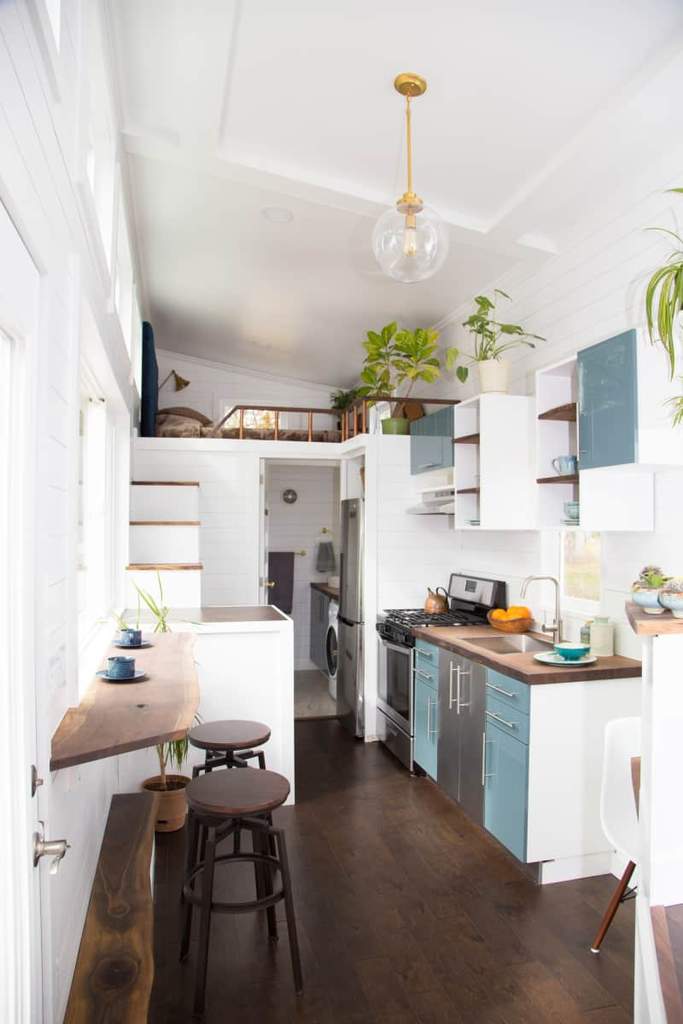
Technology will play a major part in how this new design thinking will be actualized while creating a space that’s fully functional and visually appealing. This could be by having surfaces, furniture, and appliances that serve multiple purposes.
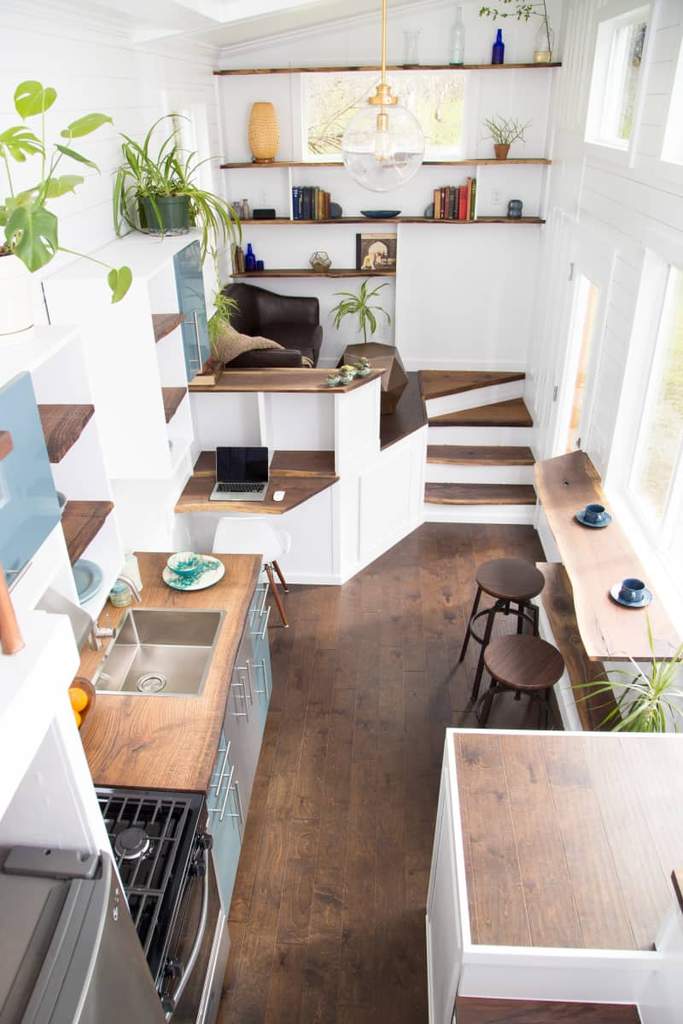
The influence of technology in interior decoration and design has introduced a whole new world of possibilities. As technology continues to advance, its centrality in design will only continue to deepen.

